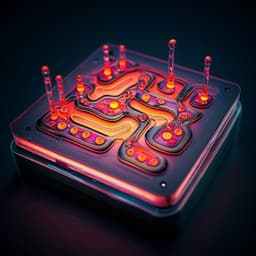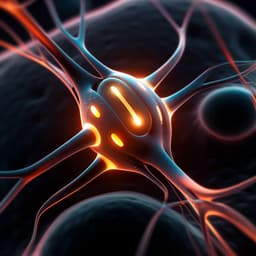
Engineering and Technology
Highly conformable chip-in-foil implants for neural applications
T. Stieglitz, C. Gueli, et al.
Explore the cutting-edge development of hybrid chip-in-foil neural implants that enhance mechanical compliance with brain tissue, boasting high spatial resolution and improved biocompatibility. This breakthrough research by Thomas Stieglitz, Calogero Gueli, Julien Martens, Niklas Floto, Max Eickenscheid, Markus Sporer, and Maurits Ortmanns promises to revolutionize neural interfacing technology.
Playback language: English
Related Publications
Explore these studies to deepen your understanding of the subject.







